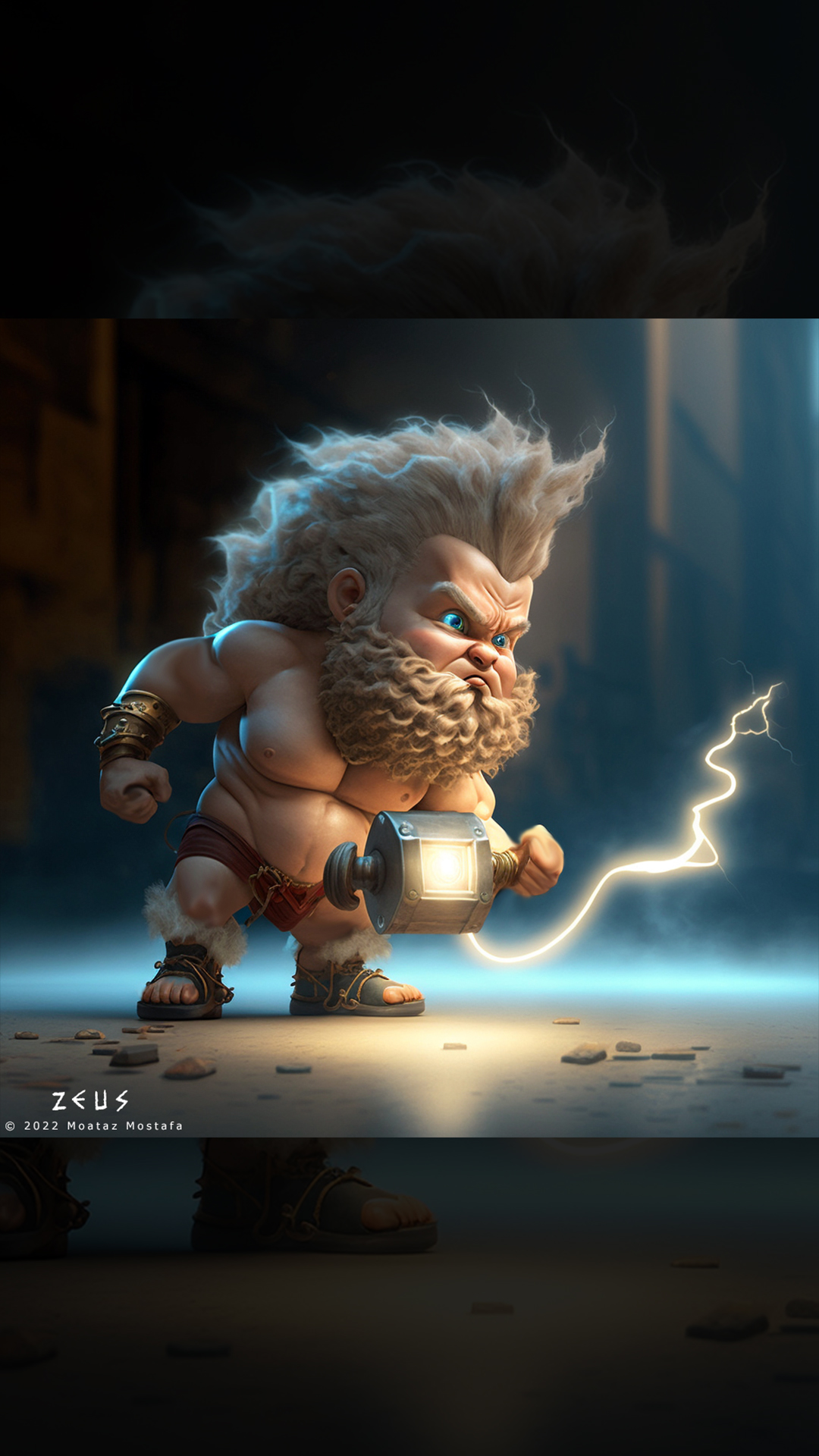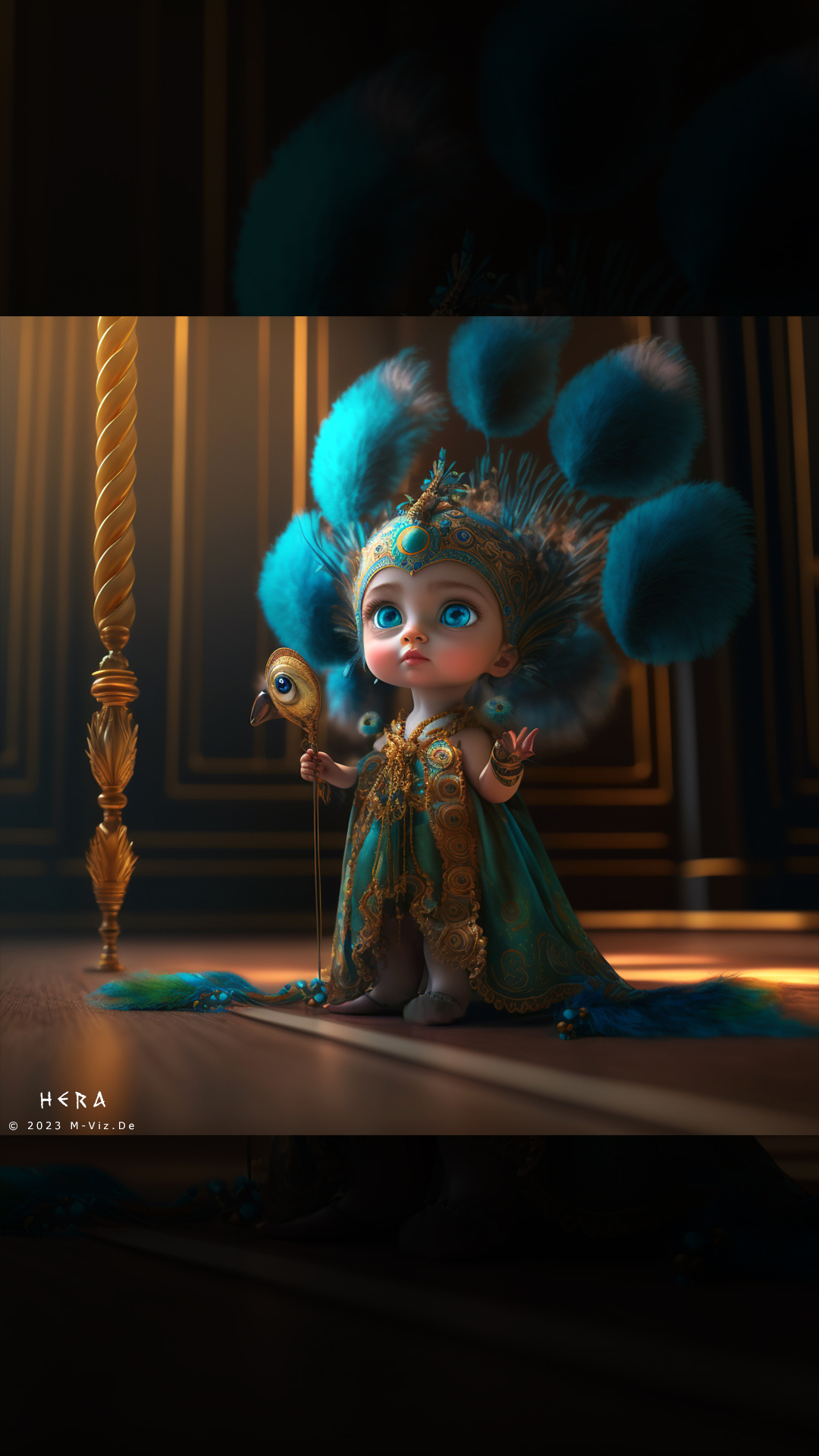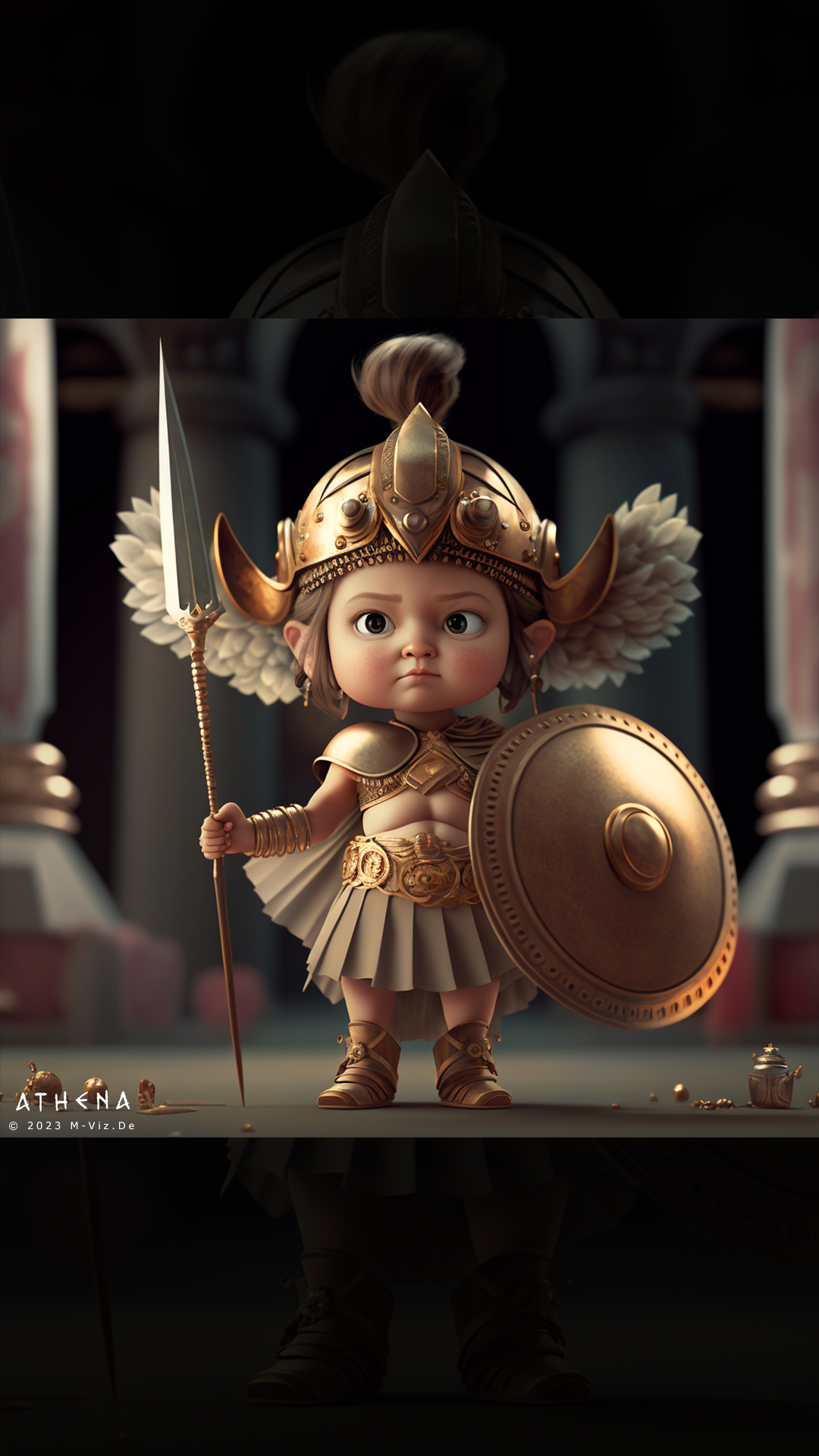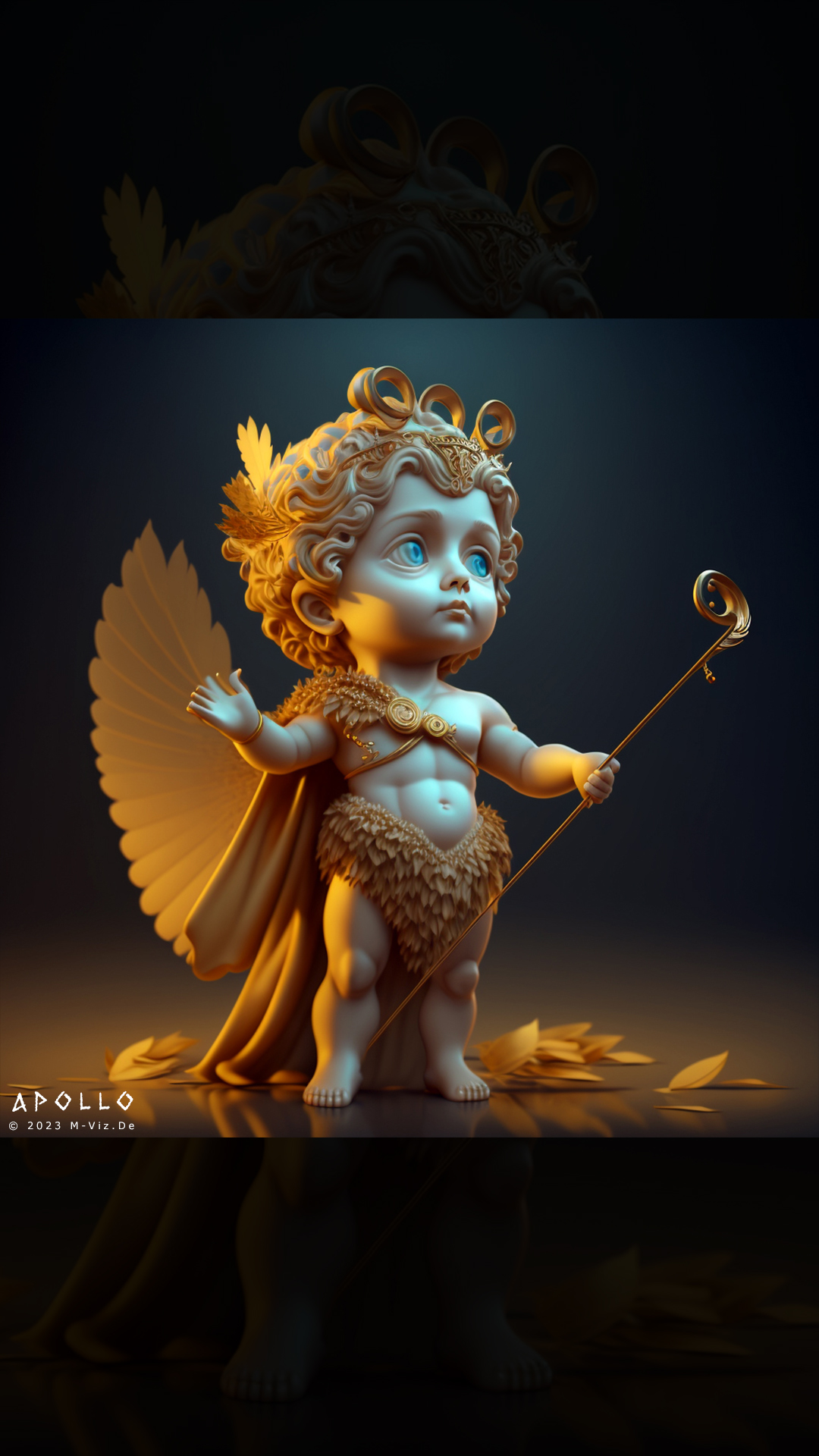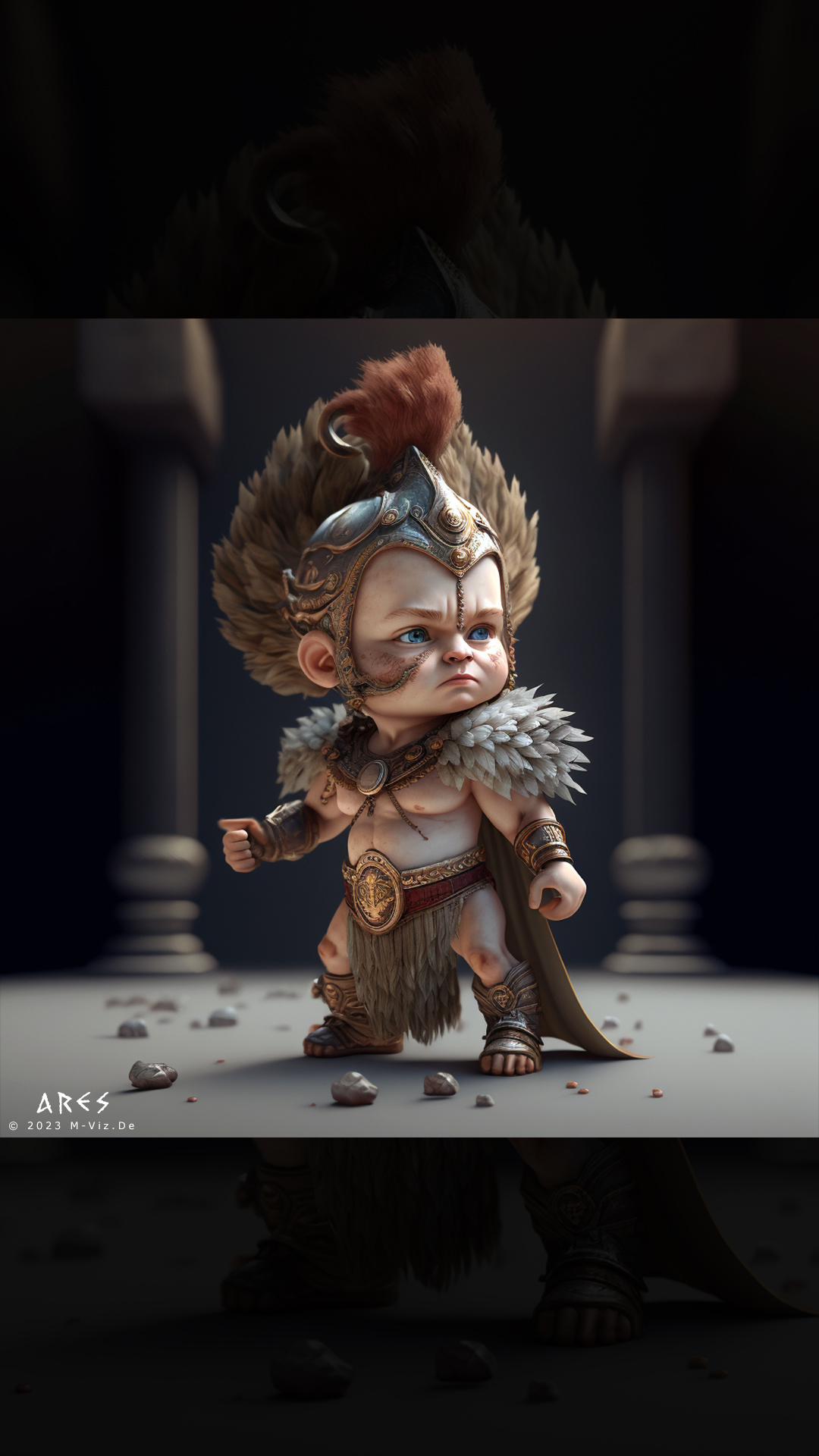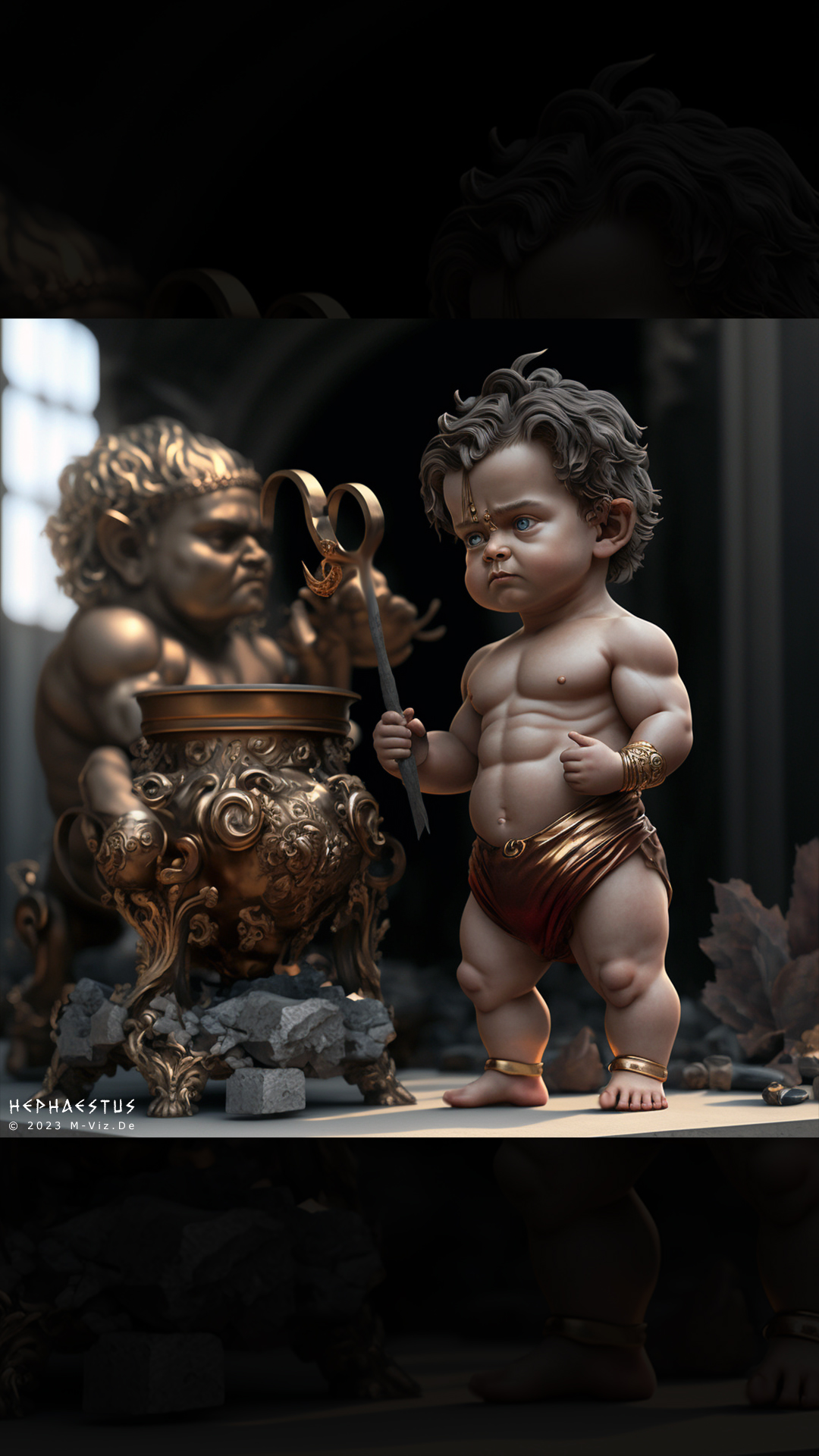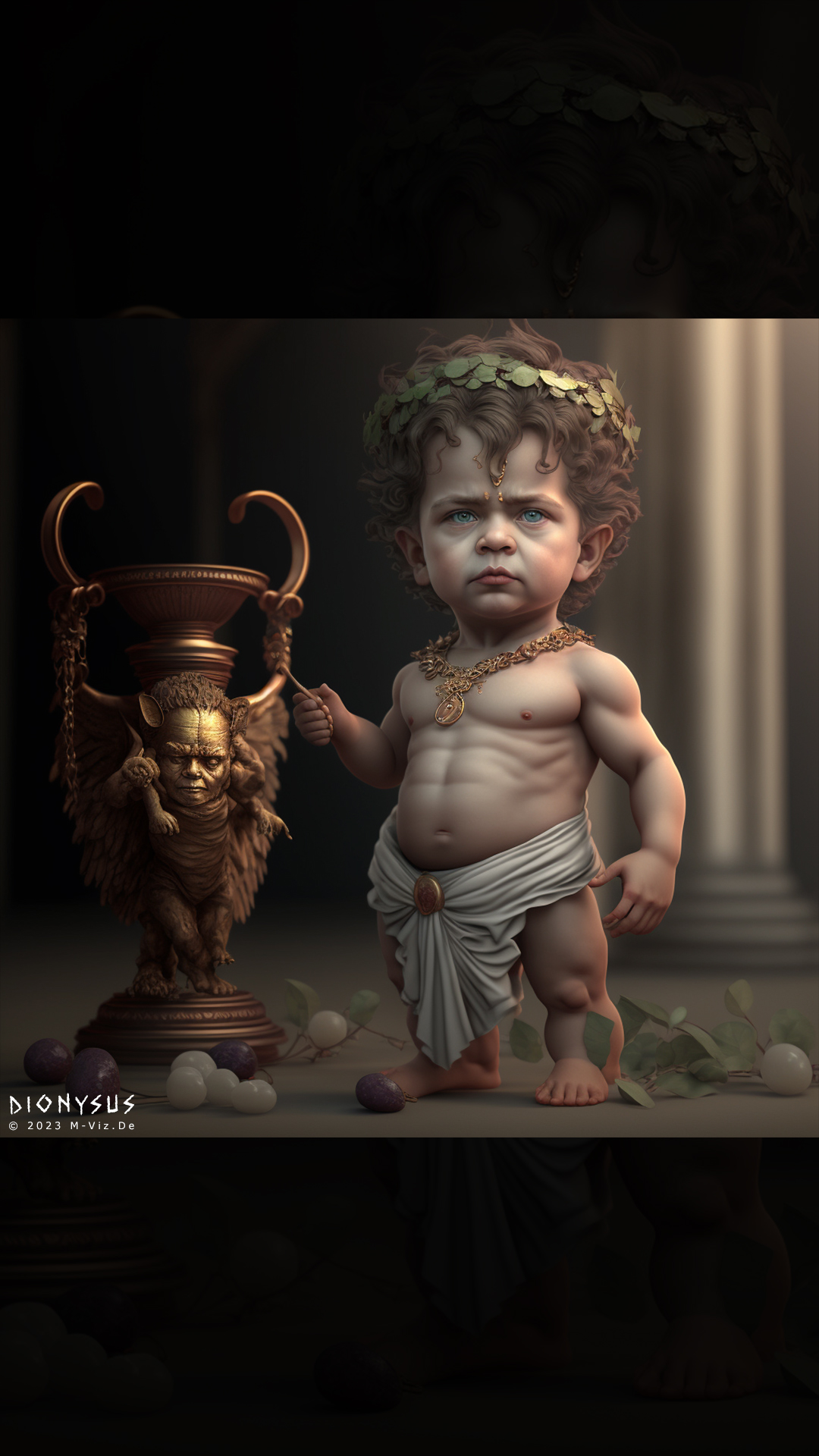Aphrodite was the goddess of love, beauty, and sexuality. She was one of the 12 Olympian gods and was born from the sea foam after the god Cronus castrated his father Uranus and threw his genitals into the sea.
Aphrodite was known for her extraordinary beauty and irresistible charm. She was often depicted wearing a girdle, which had the power to make anyone fall in love with her. She was also associated with sexuality, and she was often called upon to help people find love and romance.
Aphrodite was married to the god of fire and craftsmanship, Hephaestus, but she was known for her many love affairs, particularly with the god of war, Ares. Their affair was a scandalous one, and it was often the subject of mythological stories.
Aphrodite was also associated with fertility and motherhood. She was believed to have the power to grant fertility and prosperity to crops, animals, and people.
Overall, Aphrodite was a complex and multifaceted figure in Greek mythology, embodying the power and allure of love and beauty, as well as the deeper aspects of fertility and motherhood. While she was not always respected by the other gods, she played an important role in the pantheon, and her influence was felt throughout Greek culture and society.
